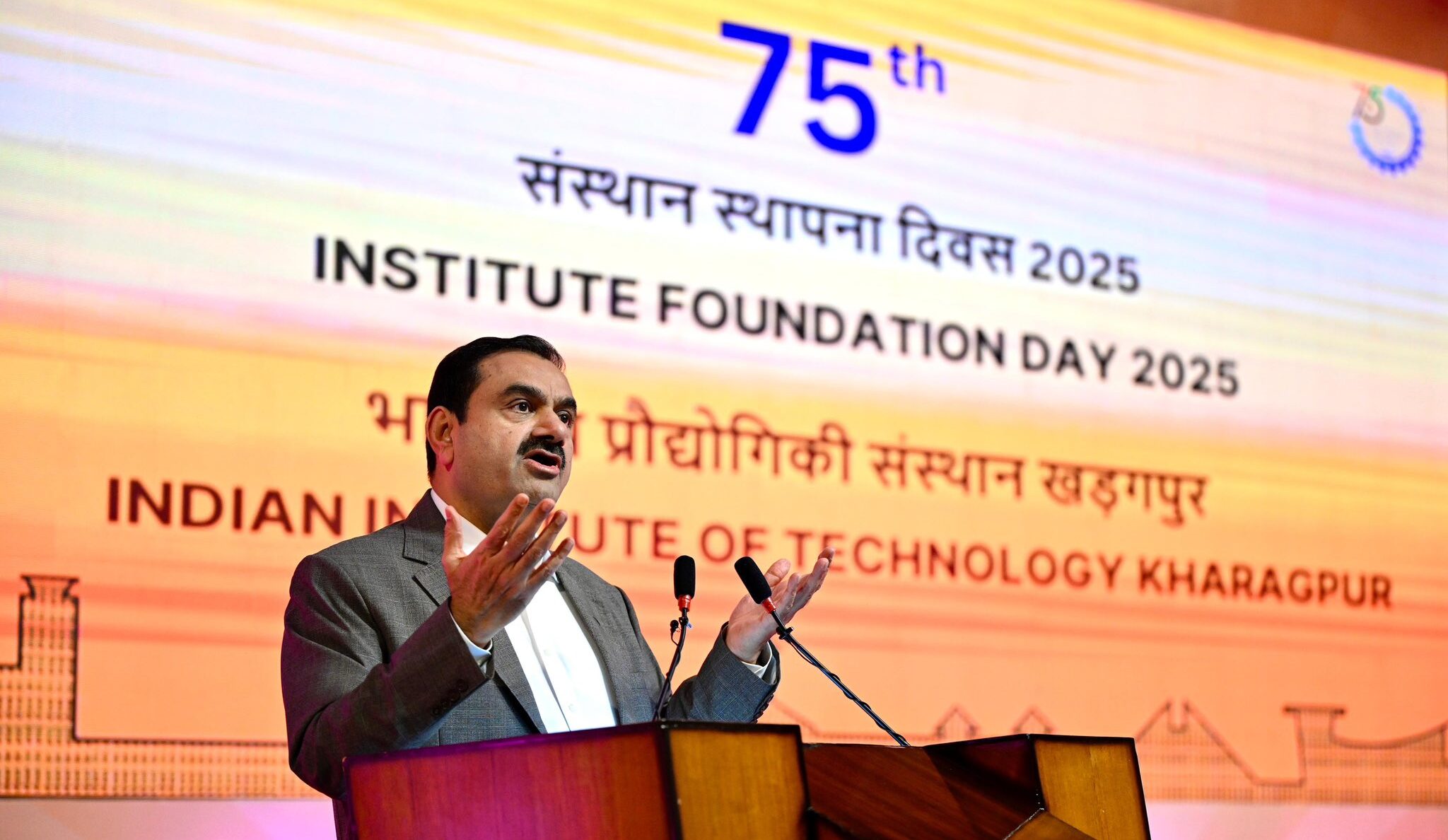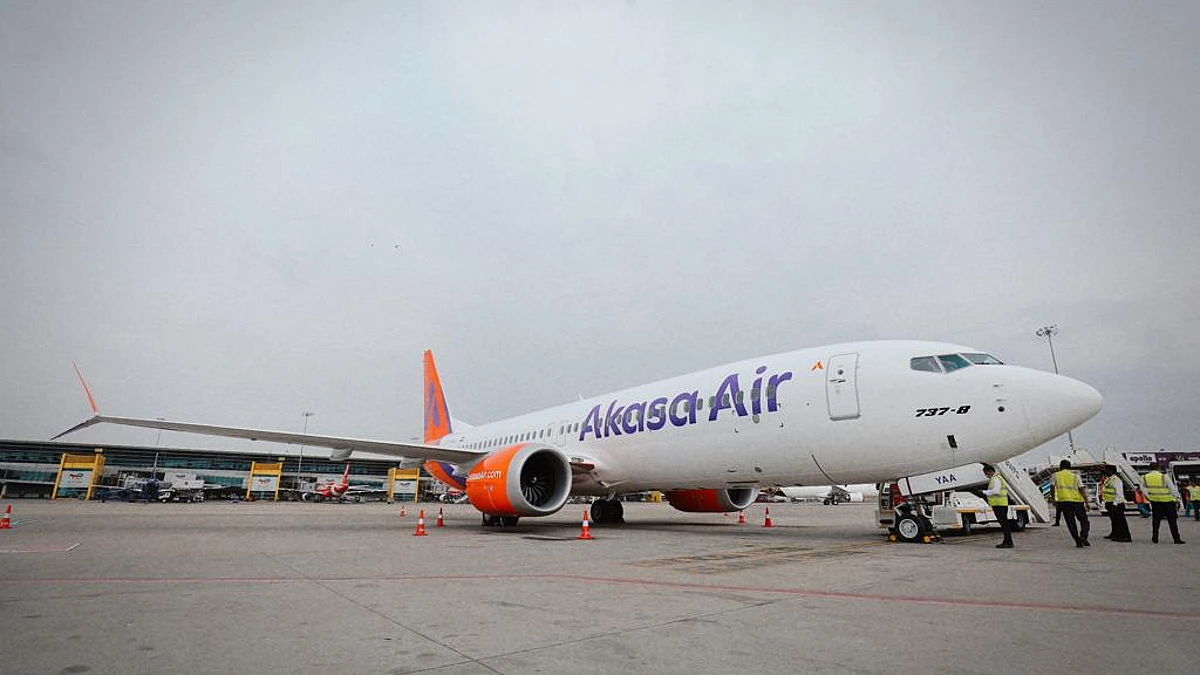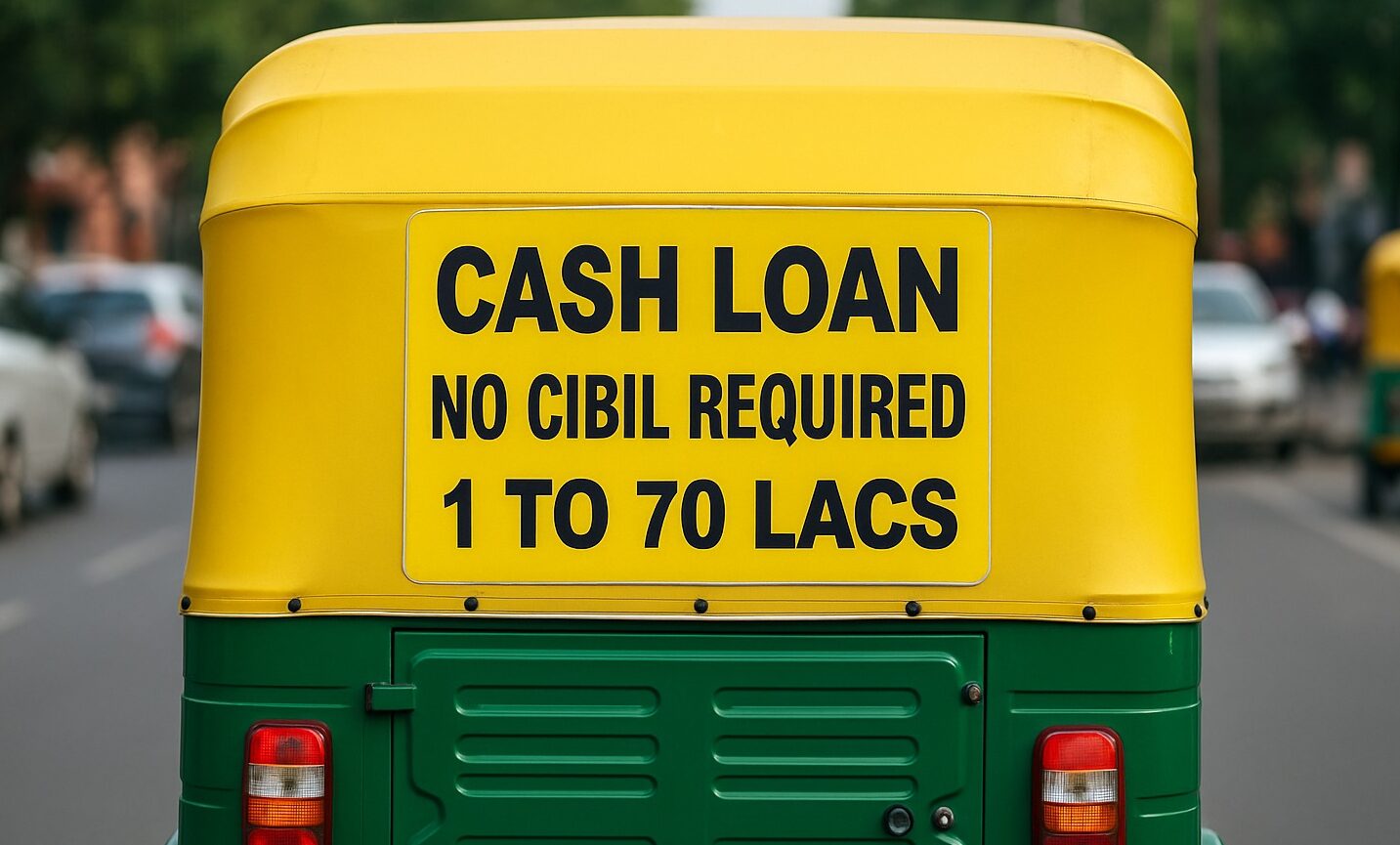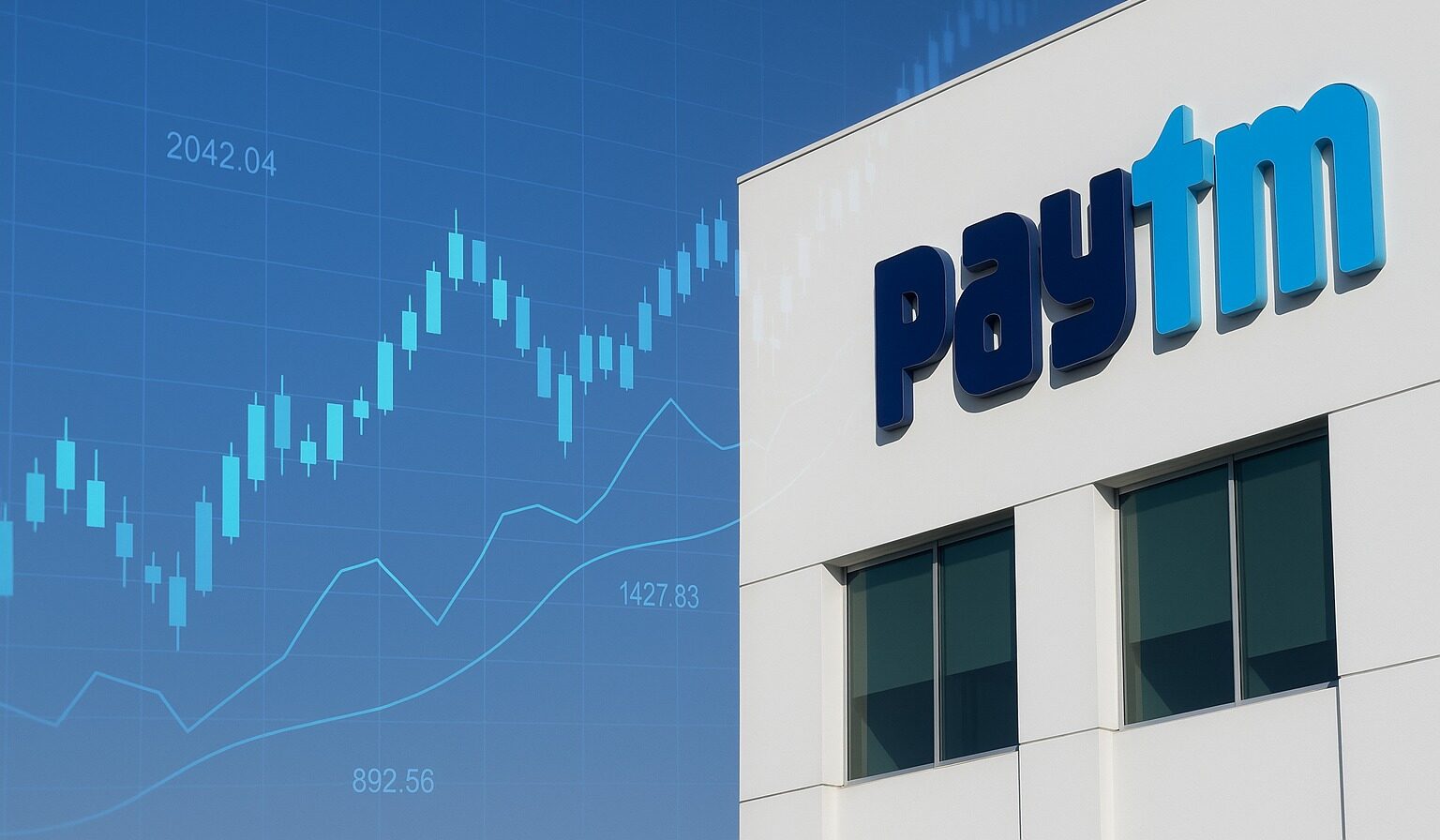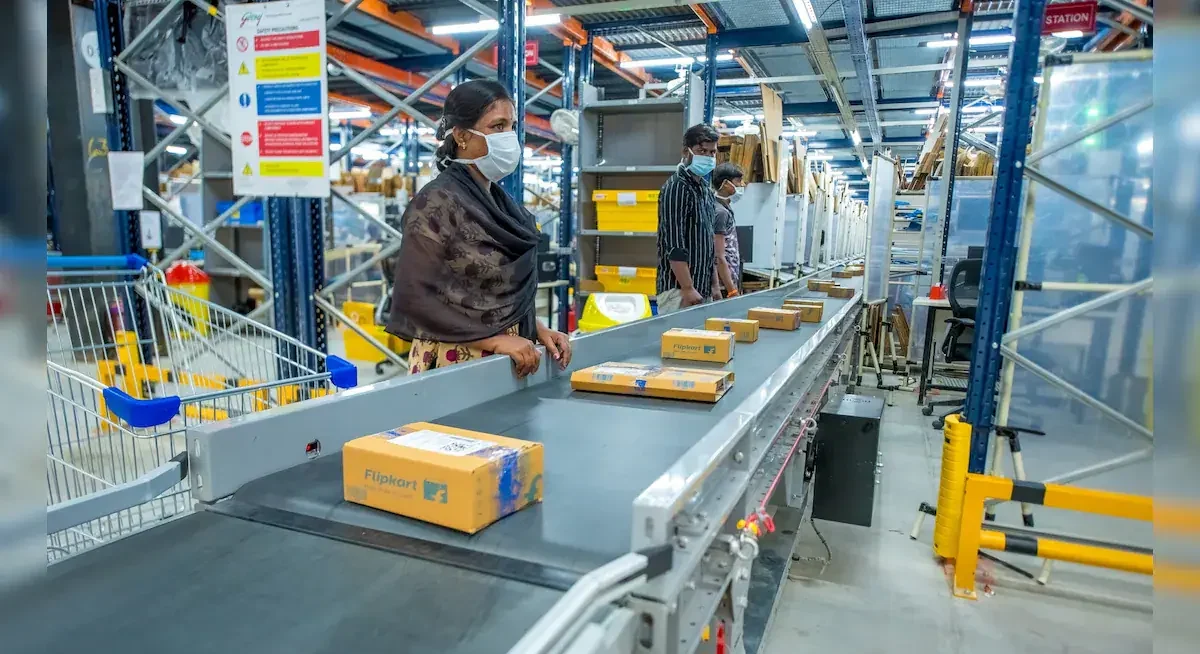In a landmark move aimed at reducing toll expenses for private road users, Union Minister for Road Transport and Highways, Nitin Gadkari, has announced the rollout of a FASTag-based annual toll pass. The scheme, scheduled to launch on August 15, 2025, will allow private, non-commercial vehicles such as cars, jeeps, and vans to make up to 200 trips across India’s national highway network for a fixed annual toll fee of ₹3,000.
This initiative, hailed as a major relief to daily commuters and frequent highway users, is part of the government’s larger effort to enhance affordability, digital integration, and ease of travel on India’s expanding road infrastructure.
What the Scheme Offers: Key Features
The FASTag Annual Pass is an optional plan tailored exclusively for non-commercial private vehicles, which currently make up a significant share of the 7.5 crore+ FASTag users in India.
Under the new scheme:
- Vehicle owners will pay ₹3,000 per year, regardless of how many different highways they use.
- The pass will remain valid for either 12 months from the date of activation or up to 200 trips, depending on which threshold is reached first.
- It is not applicable to commercial vehicles, such as trucks or taxis, which operate under different tolling guidelines.
“This will provide massive financial relief,” said Gadkari in an official statement posted on social media platform X (formerly Twitter). “Earlier, 200 trips on highways could cost an average of ₹10,000. With this pass, that cost reduces to ₹3,000. That’s an average of ₹15 per trip, significantly lower than the usual ₹50 to ₹100 toll rates,” he explained.
How It Works: Trip Counting Mechanism
The Ministry of Road Transport and Highways (MoRTH) clarified that trip calculations would differ slightly depending on the type of highway toll system in use:
- At point-to-point toll plazas (open systems), each toll plaza crossing will count as one trip.
- On closed tolling systems, such as high-speed expressways (Delhi-Mumbai, Bengaluru-Mysuru, etc.), an entire journey from entry to exit will be counted as a single trip.
This mechanism ensures transparency and fairness, especially for users who often travel long distances but pass through fewer toll collection points.
Availability and Activation
The pass will be digitally integrated into the current FASTag system, and users can easily purchase and activate it via the following platforms:
- The Rajmarg Yatra mobile app, which offers real-time toll and highway information.
- The official websites of National Highways Authority of India (NHAI) and MoRTH.
- The scheme will be linked to existing FASTags, no new tag issuance is needed, provided the user has an active, verified FASTag.
Renewal of the pass will follow the same process. Once the limit of 200 trips is exhausted or the year ends, vehicle owners can opt to renew for another ₹3,000.
Why This Matters: The Broader Context
India’s national highways stretch over 1,47,000 kilometers and are critical for both passenger and freight movement. As expressways and modern toll plazas extend rapidly, concerns are being raised about:
- Increasing toll costs, especially for daily or intercity commuters.
- The location density of toll plazas, sometimes within 50-60 km of each other.
- Delays and disputes at booths due to high traffic or incorrect deductions.
To tackle these, the Union Government has amended Rule 9 under the National Highways Fee (Determination of Rates and Collection) Rules, 2008, enabling the introduction of this annual pass.
According to a press note from MoRTH:
“This policy addresses long-standing concerns regarding toll plazas within close range and simplifies toll payments through a single, affordable transaction. By reducing wait times, easing congestion, and minimizing disputes, the Annual Pass aims to deliver a faster and smoother travel experience.”
Also Read: How Vahan Turned WhatsApp Into India’s LinkedIn for Blue-Collar Workers
Savings in Real Terms
Let’s break it down with an example:
A commuter who travels from Gurugram to Noida via the Delhi-Meerut Expressway may pass 2-3 toll plazas, paying up to ₹150 per round trip. Over 200 such trips annually, that amounts to nearly ₹30,000 in toll fees. With the annual pass, that cost would be fixed at ₹3,000 a 90% saving.
The move is expected to particularly benefit:
- Inter-city office commuters.
- Families who travel regularly between towns.
- Students, sales representatives, and small business owners dependent on regional travel.
Future of Tolling: Toward a Seamless Experience
The annual pass initiative is part of the government’s broader vision to modernize tolling infrastructure. FASTag adoption has already crossed 97% penetration on national highways, and MoRTH has been piloting GPS-based tolling systems, which could eliminate toll plazas entirely in the future.
NHAI is also investing in ANPR (Automatic Number Plate Recognition) cameras and digital mapping to shift from booth-based collection to real-time location-based billing.
This FASTag annual pass is being viewed as an interim but significant step toward that future, offering predictability, cost-efficiency, and reduced physical friction for Indian road users.
Public Response and What’s Next
Initial response to the announcement has been largely positive. On platforms like Twitter and Reddit, vehicle owners and road safety advocates have applauded the idea. However, users have also raised valid concerns and queries:
- Will unused trips carry over after one year?
- Can the cap be increased for certain vehicle categories?
- How will the system handle violations or incorrect trip counts?
The Ministry has not yet clarified these issues in detail, but officials indicated that feedback mechanisms will be in place via the Rajmarg Yatra app and toll dispute redressal systems.
Conclusion
The introduction of a ₹3,000 FASTag Annual Pass is a user-centred initiative that impacts the toll collection ecosystem in India. It aligns with our national objective for a digitized infrastructure that lowers the cost of travelling and enhances logistics. This approach provides rewards for millions of individual vehicle owners as well as predictability and ease on the road.
With rollout set for August 15, 2025, this Independence Day may mark the beginning of a more liberated, frictionless travel experience across India’s highways.
Also Read: Wrong Credit Card Charge? Here’s How to Fix It and Get Your Money Back Quickly











